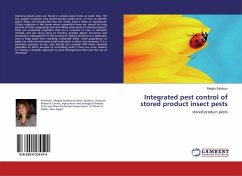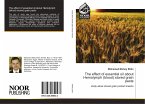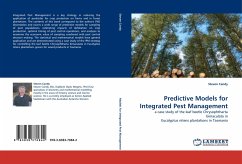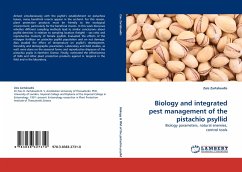Stored product pests are found in almost every home at some time. Yet few people recognize why stored product pests occur, or how to identify them. Many are transported into the home from a store or warehouse. Others originate in the home when susceptible items are stored for long periods of time, ecognizing and controlling insect pests of stored products. Pests are unwanted organisms that are a nuisance to man or domestic animals, and can cause injury to humans, animals, plants, structures and possessions. Management is the process of making decisions in a systematic way to keep pests from reaching intolerable levels. Small populations of pests can often be tolerated; total eradication is often not necessary. It is a pertinent question to ask, why should one consider IPM when chemical pesticides so often succeed at controlling pests? There are some reasons for having a broader approach to pest management than just the use of chemicals.








